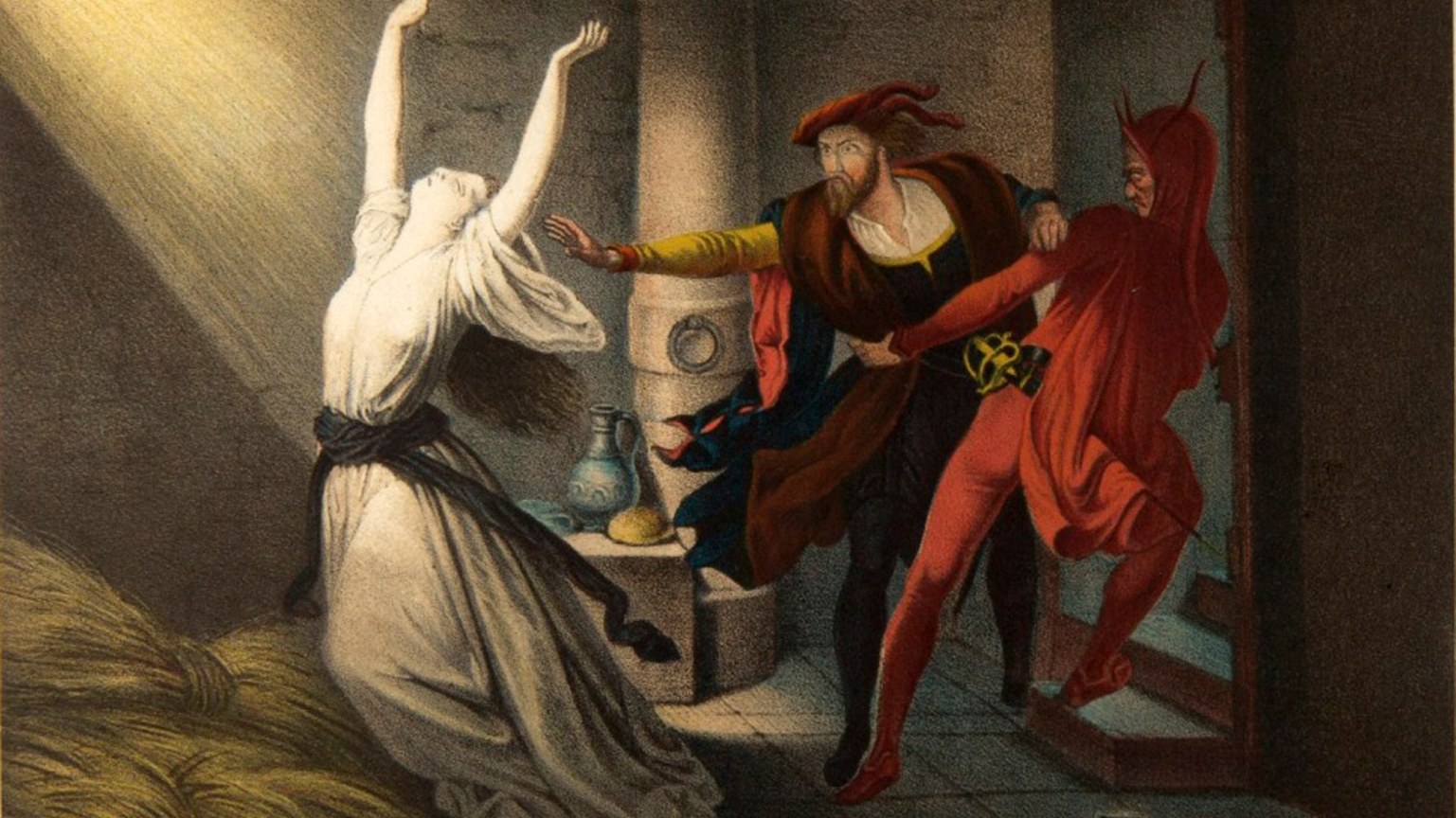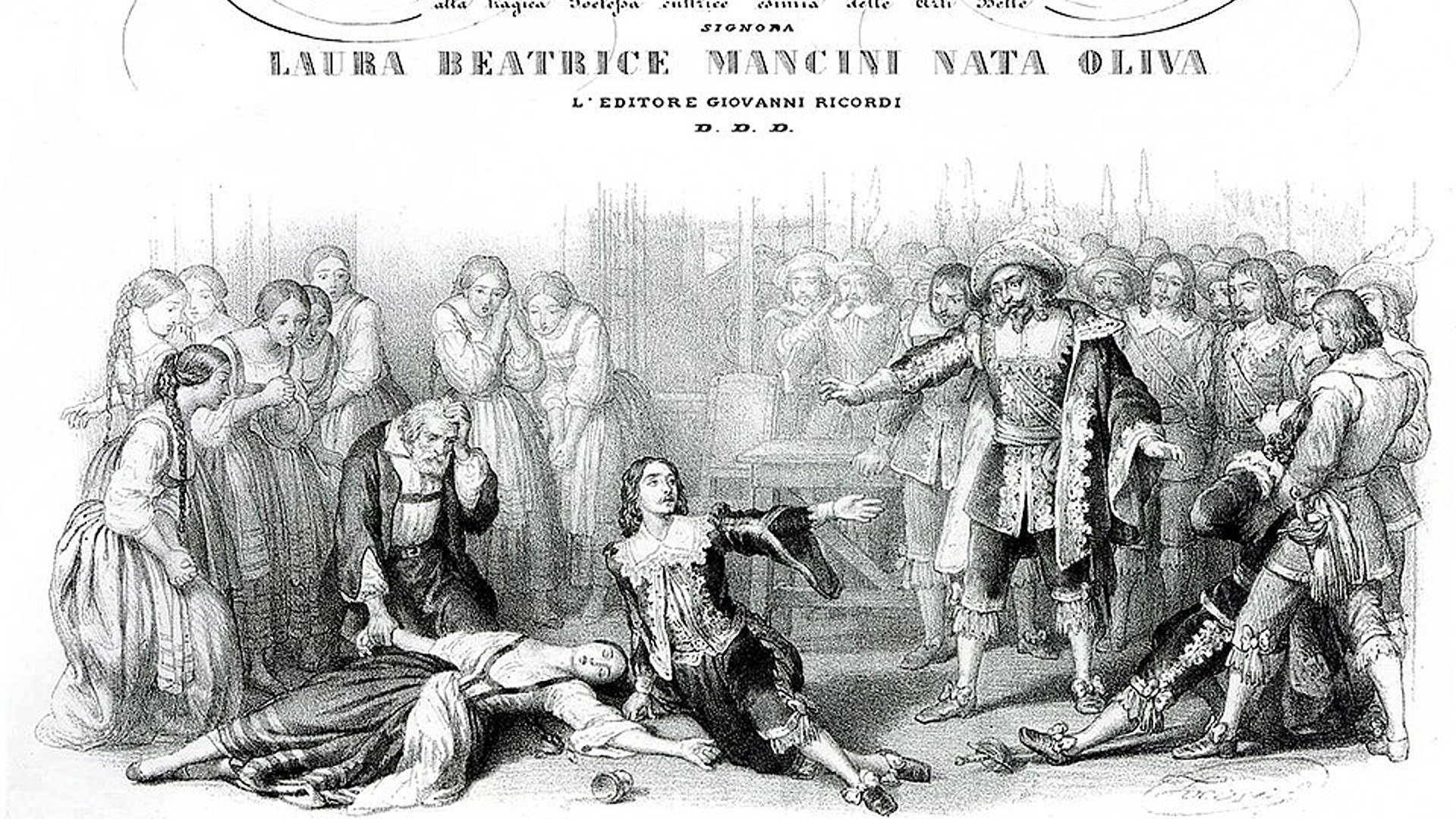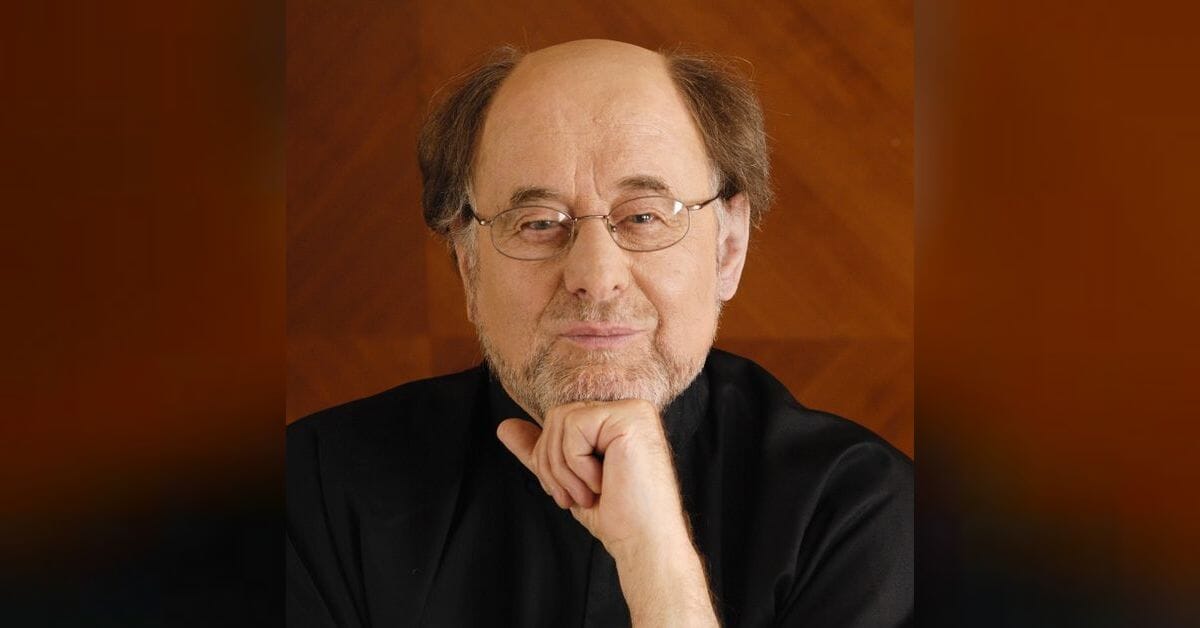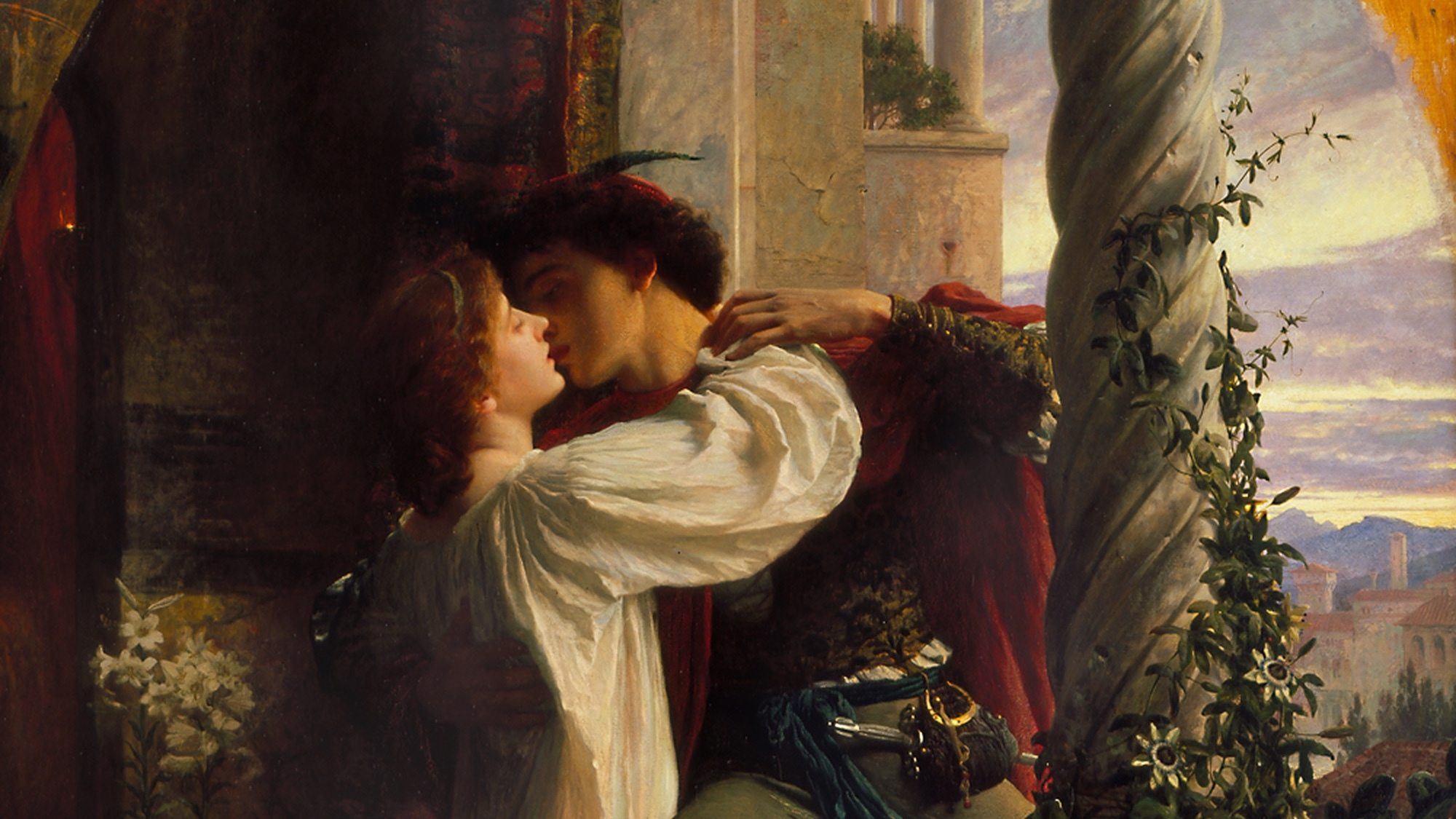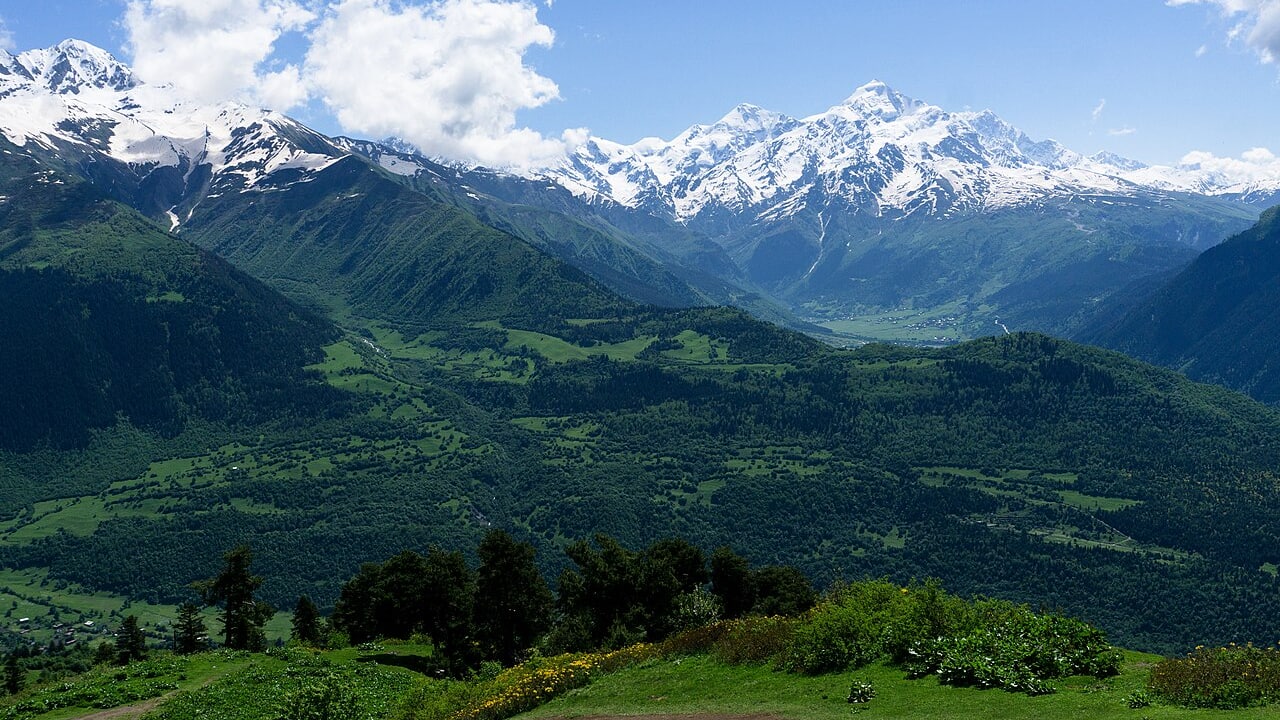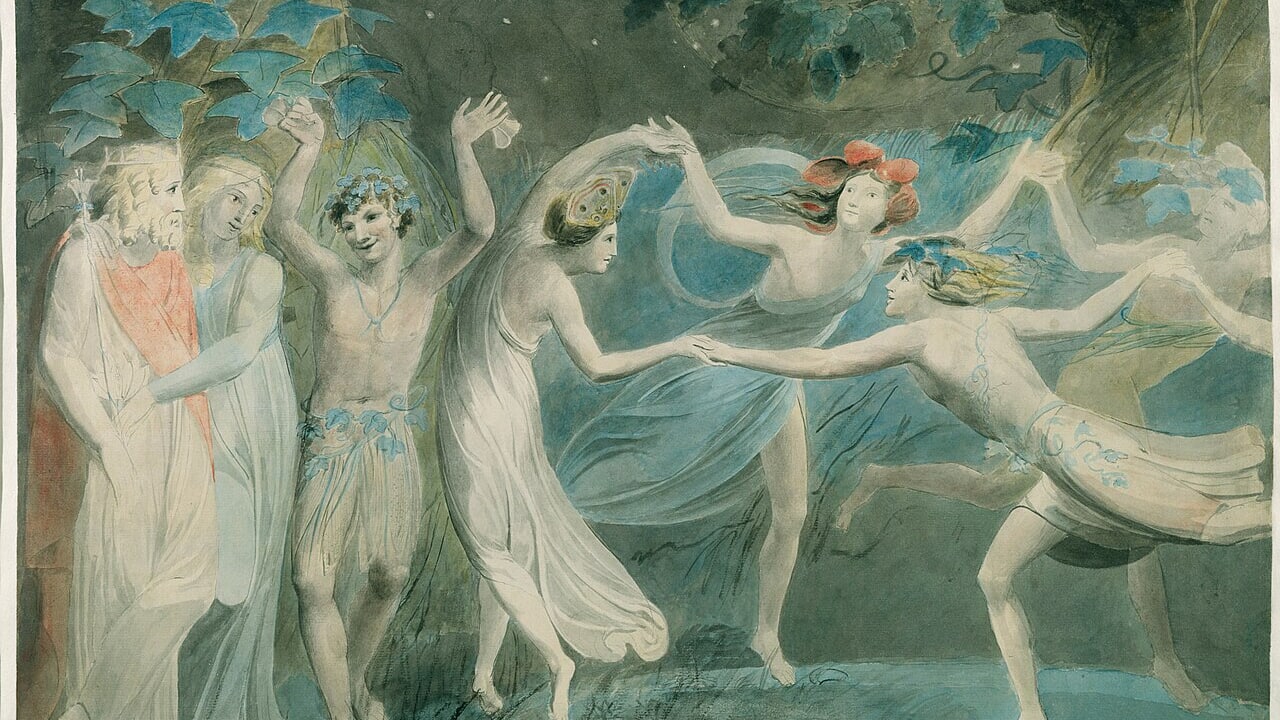Wagner’s “Faust” Overture: A Tone Poem Inspired by Goethe
As a teenager, Richard Wagner developed a fascination with Goethe’s Faust. Allegedly, at the age of 16, Wagner hid a copy of the play among his school books. For the rest of his life, allusions to Faust, and direct quotations, recurred throughout his writings. The Faustian archetype, in which the protagonist, in a deal with the devil, exchanges his soul for unlimited knowledge and worldly pleasures, inspired music by numerous composers including Liszt, …

